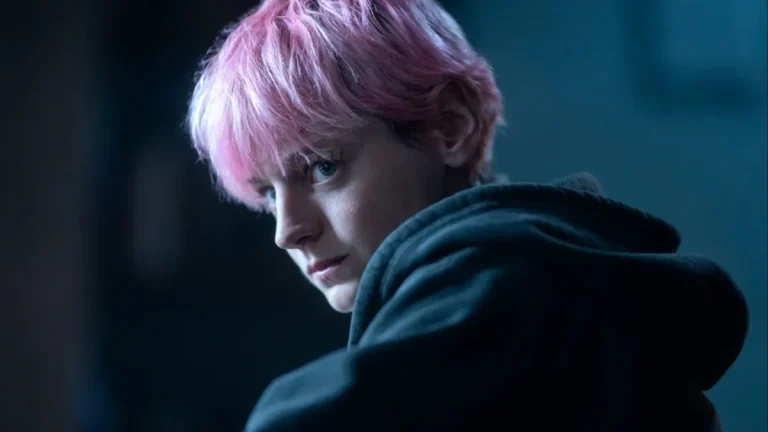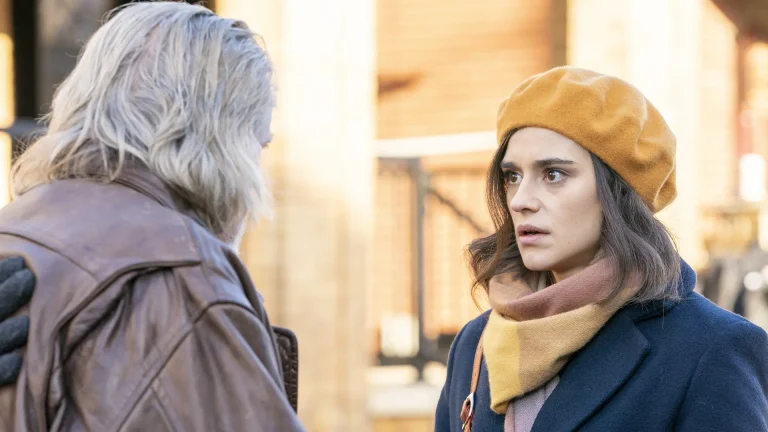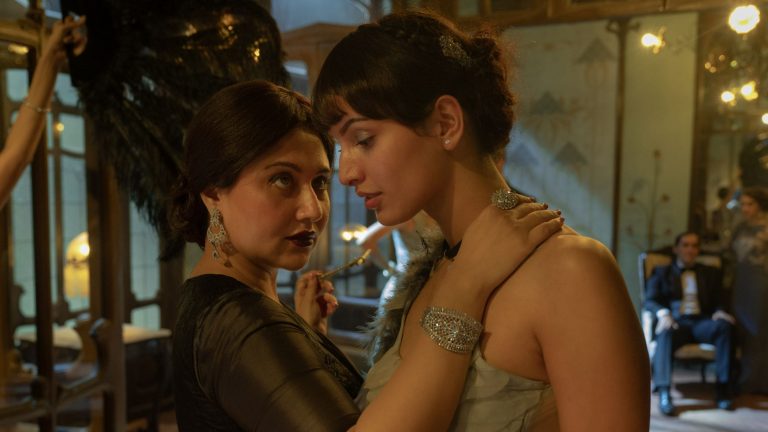John Wick: Chapter 4 (2023) Review: One may think that the John Wick franchise would be out of ammunition after Chapter 3. That film reached an unthinkable degree of ingenuity that no other action flick has been able to emanate since.
And for four years, it was the peak of Hollywood action until now. John Wick: Chapter 4 finds director Chad Stahelski, his crew, and his cast at the height of their expertise. Not only is it the best of the franchise, but it’s easily the greatest work of the genre we’ve seen this decade (and likely for many years to come), which is not surprisingly the top-rated film of the JW franchise.
Chapter 2 ended with John Wick (Keanu Reeves) being declared “excommunicado,” and Chapter 3 saw him (somehow) survive that status. In the latest entry, John joins his enduring associates, Winston (Ian McShane) and Bowery King (Laurence Fishburne), in taking on the High Table directly.
This requires John to face an idiosyncratic array of new antagonists played by a star-studded cast. Bill Skarsgård leads this side with his charismatically menacing Marquis de Gramont, one of the highest-ranking members of the High Table.
In addition to him, Donnie Yen (Ip Man) gifts us with many stealthy sequences as Caine, a blind old friend of John. Scott Adkins (Boyka) in a large prosthetic suit as Killa, Rina Sawayama’s debut as Akira, Shamier Anderson’s Tracker, and his fervent dog are some other characters to look forward to.
Much like in the previous films, criminal organizations have a seemingly endless stream of bodies to offer. Chapter 4 heads further in this direction without any hesitation, and that’s where some audiences may leave unimpressed.
The narrative format is fundamentally identical to the other franchise entries, with John eliminating countless enemies and eventually the central villain. Realism is a distant notion, and the story is non-existent but isn’t that part of what makes these films so enjoyable?
Chapter 4 forgoes any sense of engrossing storytelling. All aspects of world-building appear arbitrary, and characters wear their personalities on the outside, but they remain nonetheless relentlessly engaging. The film is an almost 3-hour sequence of increasingly insane set-pieces, a showcase of stunt work instead of a conventional storyline.
Even still, the film continues to extend its mythology. Having started at a relatively smaller scale in the first franchise entry, John Wick’s world has now fully delved into its fictitious nature. Assassins lose themselves in an unending entanglement of contracts and debts that ultimately unspool into an outright bloodbath. Innocence and emotion are scarce since these films are less about people and more about ghosts cursed by their lifestyles.
Taking us from one hitman procedure to another, Stahelski unabashedly loses himself in his own creation. Many moments, from nightclub shootouts to pencil kills, pay tribute to the previous entries. The action has been gradually diversifying throughout the franchise to match Stahelski’s inspirations.
Chapter 4 becomes a clear exhibition of Western sensibilities as well as East Asian martial arts, which is fitting considering that both genres have been significantly influential for John Wick (in particular Spaghetti Westerns and John Woo’s filmography).
With this creative expansion, action scenes become all the more exhilarating. Discussing the fight choreography and stunt work here will require much more than one review. Bows, arrows, and nun chucks are introduced in the first act, and the remaining runtime features many more astonishing sequences ranging from Paris car chases to stairwell fights.
One scene that stood out, in particular, was an interior long take with John using a shotgun with incendiary-effect rounds. The camera starts on the ground and is then lifted into a bird’s-eye position to film several enemies entering and exiting the frame whilst being set on fire. It’s unlike anything else I’ve seen in an action film, which is very much an expected achievement from the franchise.
Cinematographer Dan Laustsen makes full use of the lavish production design and douses his shots in neon. The visual splendor and poetic imagery that he infuses seem more suitable for a fantasy film. Along with the signature self-seriousness, the experience starts to feel like a fast-paced Nicolas Winding Refn film. To ensure that such a tone doesn’t become too overbearing, there are infrequent moments of comedy where the film openly embraces its ludicrousness.
What’s most admirable about Laustsen’s collaboration with the rest of the crew is how his visual flair never gets in the way of the stunt choreography. The glossy extravagance could not be any clearer, and yet the action remains gritty and grounded. John Wick has always stood out to me as an action film that balances style and action most elegantly, never allowing one to dilute the other.
Furthermore, composers Tyler Bates and Joel J. Richard’s score utilizes the familiar electropop sound, which functions synergistically with the cinematography to craft a transfixing ambiance. It may be a simple pleasure, but also remarkably successful in accentuating the action. Sawayama also shares her new single “Eye for an Eye” to be a part of the film’s soundtrack.
Every technical element is, as expected, at the top of its game. Many works have attempted to recreate the franchises’ spellbinding mood, but no film quite does it like John Wick. The whole cast is also a joy to watch, with Yen and Reeves displaying some incredible physical acting despite them both being almost sixty years old.
Overall, Chapter 4 is entirely fulfilling. It understands itself exceptionally well, as it never shies away from its mythic nature and thin plotting. Both its stunt choreography and logistical work push the boundaries of action cinema whilst its flamboyant style continues to entertain.
John Wick already solidified itself as an action classic after its release in 2014, and this film simply emphasizes that. I can comfortably say that it’s one of the best works of action we’ve seen so far in the 21st century.


![Come Here [2021]: ‘Berlinale’ Review – Vague Thai diversion explores cinema that denies a definition](https://79468c92.delivery.rocketcdn.me/wp-content/uploads/2021/03/Come-Here-1-highonfims-768x576.jpg)



![Knife In The Clear Water [2017]: BENGALURU INTERNATIONAL FILM FESTIVAL (BIFFES)](https://79468c92.delivery.rocketcdn.me/wp-content/uploads/2017/02/KnifeIntheClearWater-768x384.jpg)
